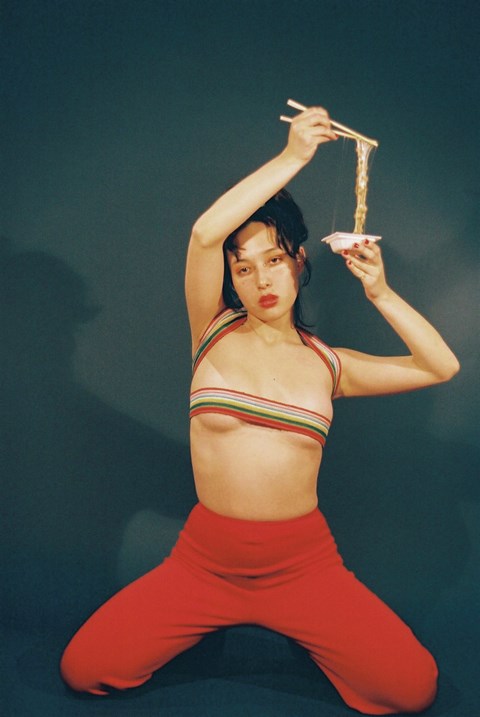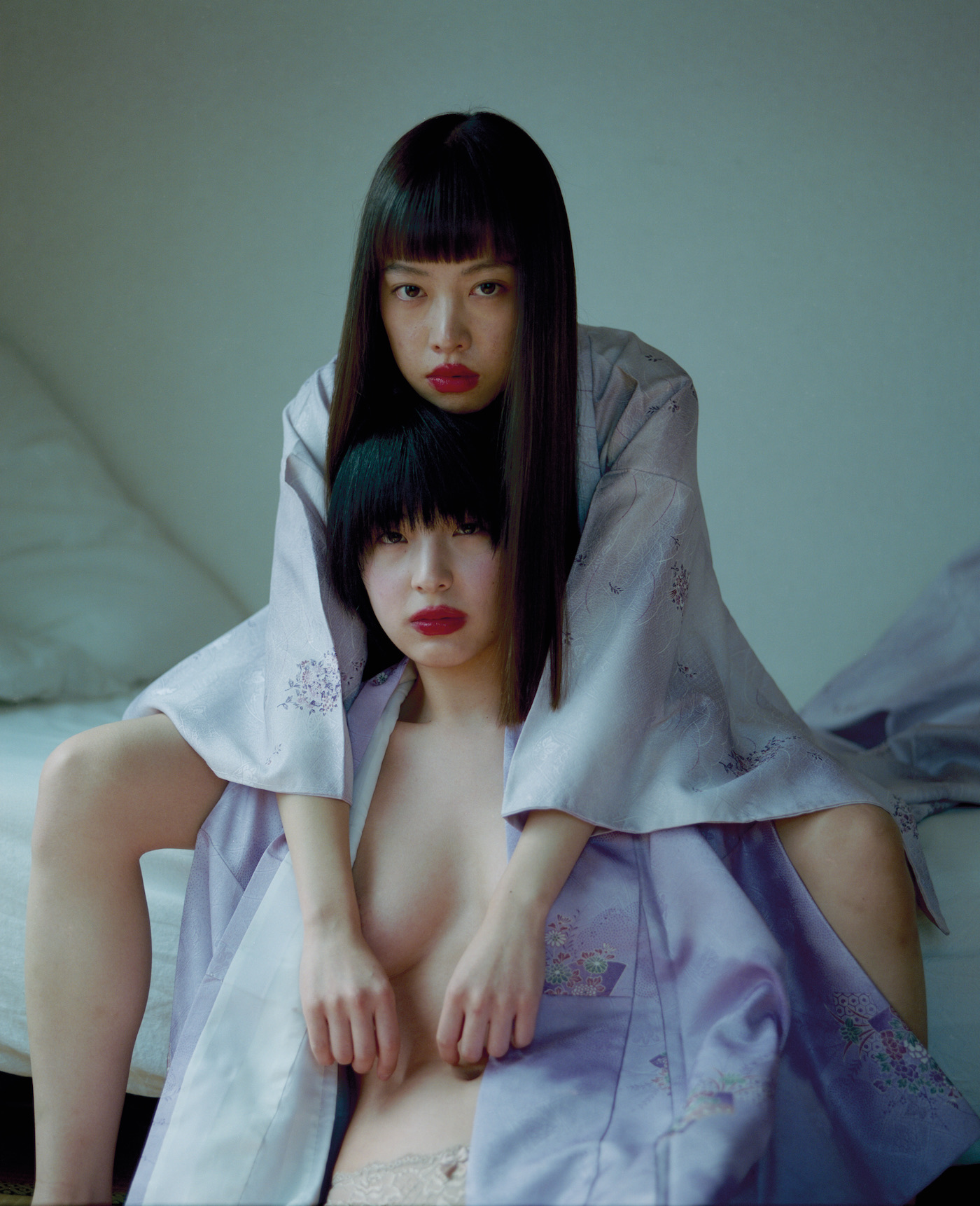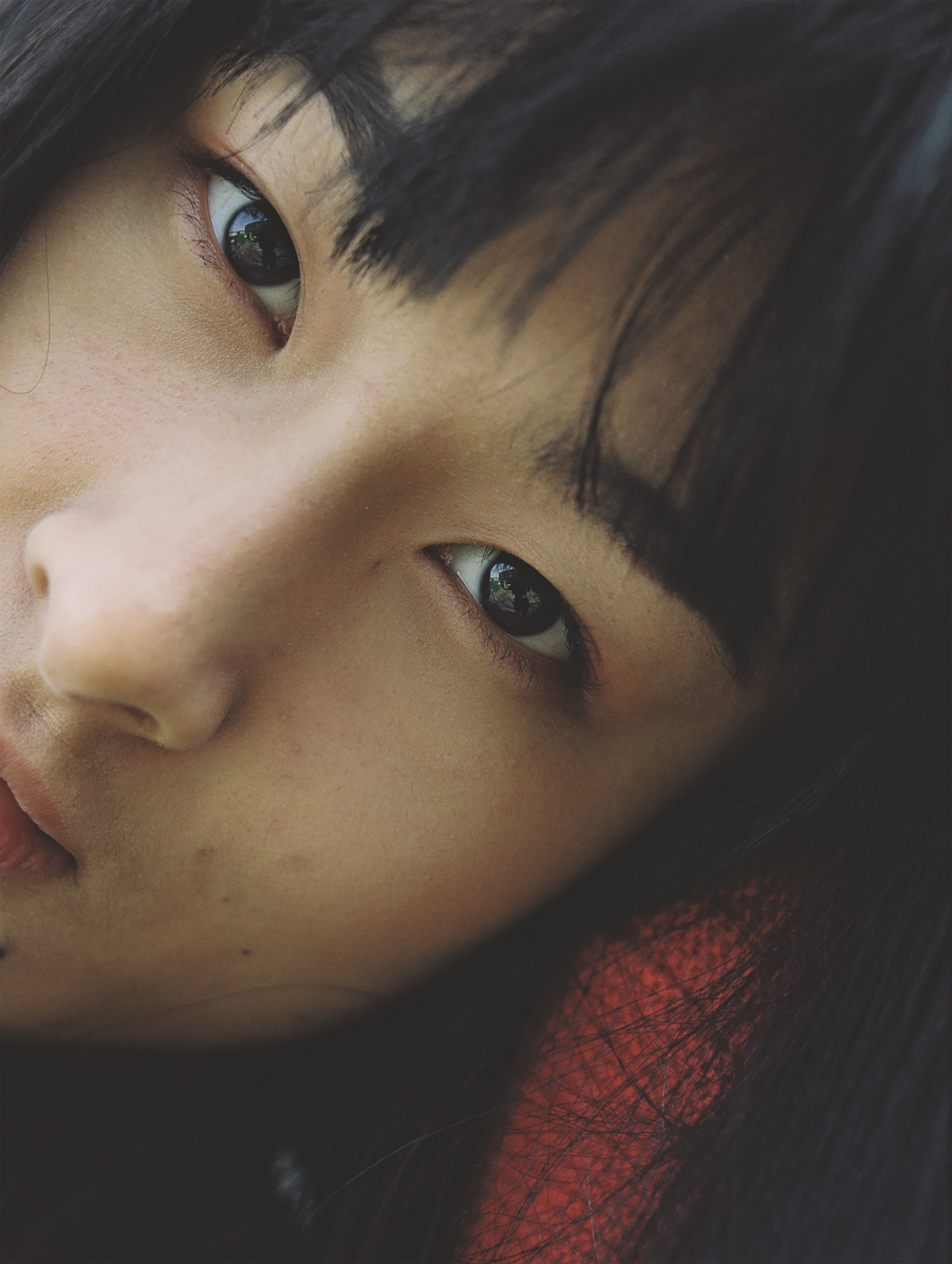The work of 23-year-old photographer Elizabeth Gabrielle Lee is dreamy and ethereal. Her lighting and focus are soft, and her subjects are typically female. But what makes her work distinct from other photographers of her generation is its intersectional perspective and narrative. Lee, who is of Chinese descent and was raised in Singapore, photographs Asian women in order to challenge their representation in the media. “I saw an opportunity,” Lee says, “and a dire need to address the misconceptions of these “othered” groups through the language of photography.” And through her latest project, XING, a book she curated and self-published, Lee continues to address these issues. XING features 10 international photographers — from Beijing-based artist Lin Zhi Peng to Japanese photographer Mayumi Hosokura — whose work is intended to undermine the stereotypes associated with Asian women and their bodies. “I think it is important to break this rose-tinted vision of Asian women,” Lee says in the following interview. “Not all Asian females are subservient, silent, meek, and timid.”

Do you feel fetishized as an Asian woman in London? More so than when you lived in Singapore?
Growing up in Singapore cushioned me in the way that I perceived the world, and it was only when I moved to London that I became aware of the real problems of race that persist on a global scale. Being fetishized is a strange thing — and I think that there is a fine line between being appreciated for one’s beauty in all forms versus being lusted after for the sake of skin colors, facial appearances, and body figures.

How does XING address that fetishization? Which notions are you most challenging?
A lot of the images in XING capitalize on mimicry, and [this] utilization of miming allows the images to satirize and subvert existing notions of Asian women. Asian identities are manifold and can be problematic to navigate. More so, Asian women tred rockier territories because of their intersectional identities — that being doubly disadvantaged being a woman and a person of color on top of gender inequality. More often than not, the bodies of Asian women are highly romanticized [with] exotic-erotic characteristics. Tracing it back to the theory of orientalism, Asian women are looked upon as objects that can be molded or claimed in the hands of her beholder. By confronting existing stereotypes head on, the book regurgitates existing notions and makes them its own.

If the purpose is to subvert stereotypes, why include nude and sexual images?
The association between sex and sexuality and Asian women is almost inseparable; there is a considerable amount of fetishization and objectification of the Asian female figure. In the book, some of the contributing photographers have directly addressed this issue of powerlessness by allowing their subjects to reclaim their intersectionalized identity as a woman, and as a person of Asian ethnicity. I wanted XING to address the elephant in the room, to demystify preconceptions of what the rest of the world thought of Asian women, and anchoring a large portion of the project on sexuality was an appropriate kickoff to further conversations.

Do you have a favorite photo in the book?
Takuya Nagata’s shot of the two girls from his series Umegoyomi resonates with me. Donned in traditional kimonos, both of the girls are seen without any other clothing underneath. I like this image because it pays homage to one’s heritage and culture, without being archaic. It also highlights the bonds shared between women, and I find this combination of sisterhood, tradition, and risqué-ness very engaging.

What do you want people to know about Asian women in 2017?
I think it is important to establish and recognize that Asian female youth today are independent, modern, and come in all shapes and forms. I hope for XING to be a beacon of sorts to young Asian women, a reminder of the importance of heritage, belonging, and sexuality.

What’s next for you and for XING ?
With this first chapter just launched, things are still in the air with future installments. The form of XING may change in the next chapter, but its function will always remain the same.






